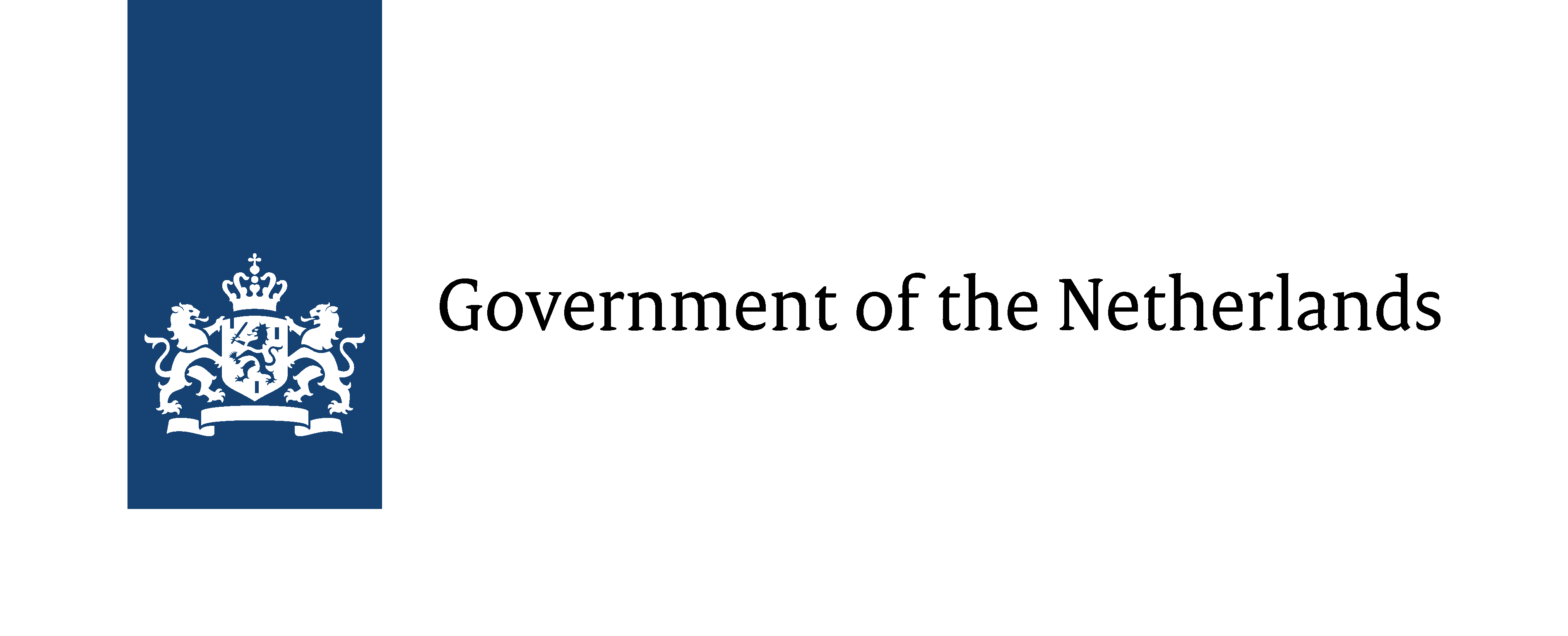
Australia: Maritime archaeology research on the Houtman Abrolhos Islands
The ‘Roaring 40s’ research project
In May 2019, the Cultural Heritage Agency of the Netherlands will participate in a new study on the southern archipelago of the Houtman Abrolhos, the location of the Dutch East India Company’s (VOC) shipwreck ‘Zeewijk’ (that sank in 1727). The new research project has two specific objectives: to investigate the claim that another VOC ship - the ‘Aagtekerke’ that disappeared in 1726 – also sank alongside the ‘Zeewijk’; and to record cultural heritage on the islands, in particular the locations related to traces of guano (bird faeces used as manure), and possible survival camps of stranded seafarers. This research constitutes a follow-up of the project which is being carried out between Dutch and Australian partners under the name ‘Shipwrecks of the Roaring 40s’.
The research is taking place both on land and underwater. Underwater locations that have been identified with magnetometer research will be covered and documented with, among other methods, 3D photogrammetry. On the islands, visual surveys are carried out. Drones will turn this visual data into 3D models and 2D maps.
The team includes experts from the University of Western Australia, the West Australian Museum, Flinders University and the Cultural Heritage Agency of the Netherlands. The group is headed by Dr. Ross Anderson from the Western Australian Museum and Prof. dr. Alistair Paterson, project leader.
Managing heritage and tourism
In July 2019, the Houtman Abrolhos will be designated as a National Park. The information that has already been collected on the other islands, such as Batavia's Kerkhof (known as Beacon Island) and West and East Wallabi Islands, as well as what is now being identified and documented, will be used to shape the management plan. Tourism will be part of this strategy. The information can be of added value to visitors, but also to better manage the sometimes conflicting interests of tourism and management. For the Cultural Heritage Agency of the Netherlands, the data will be complementary to the management of Dutch sovereign ships abroad. The islands’ designation as National Park is a good way to get a grip on the management of the ‘Batavia’ (which sank in 1629) in addition to the ‘Zeewijk’, and possibly the ‘Aagtekerke’.
The research project is supported by the Australian Research Council.

